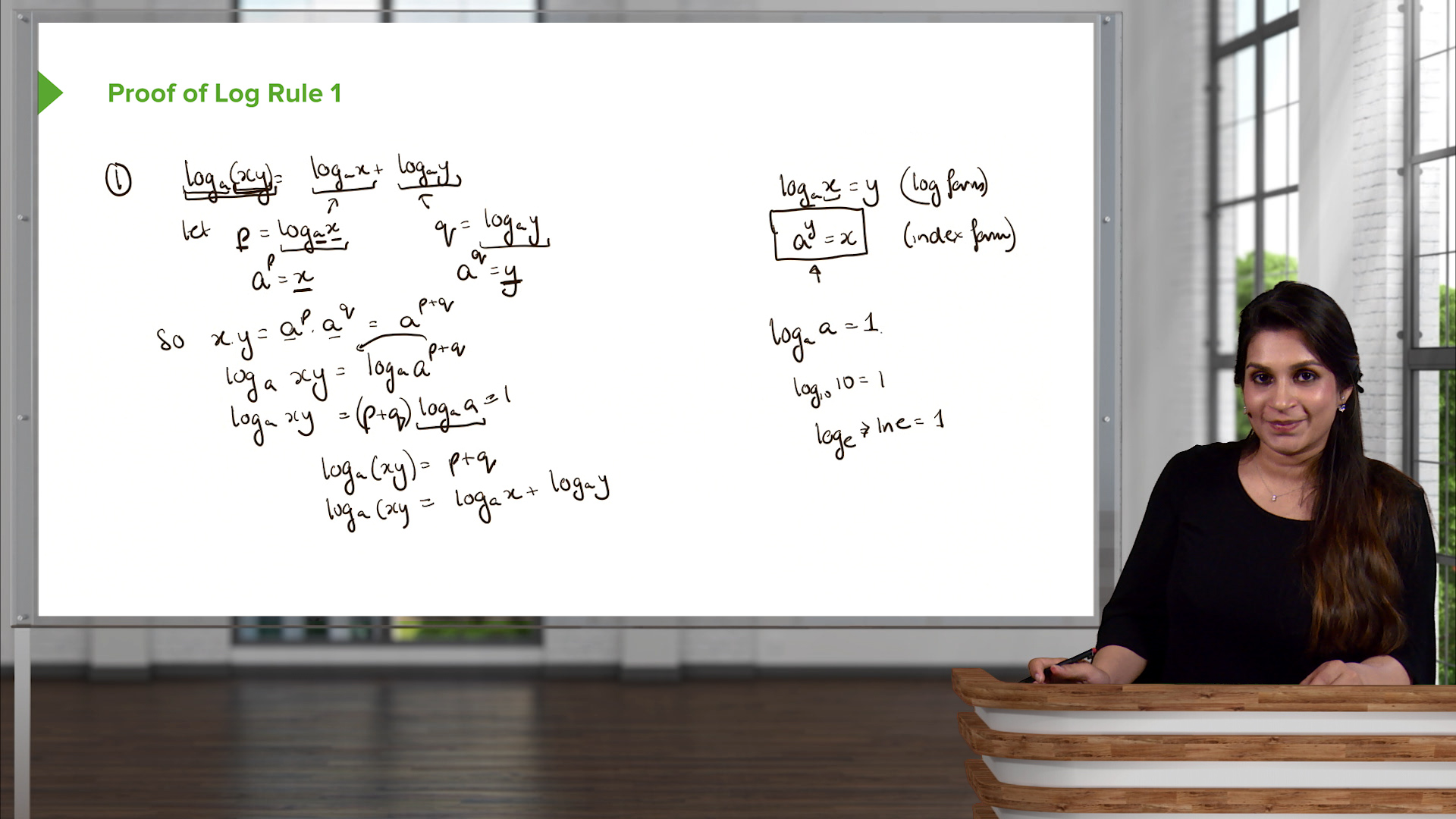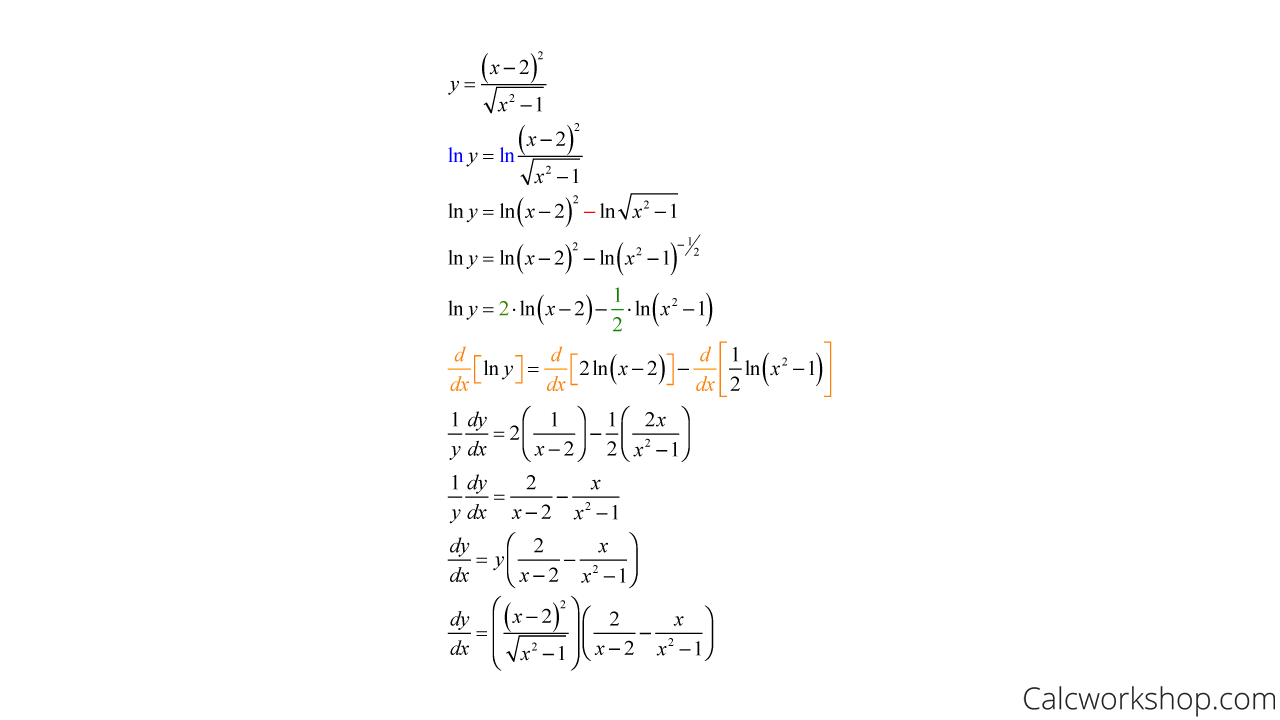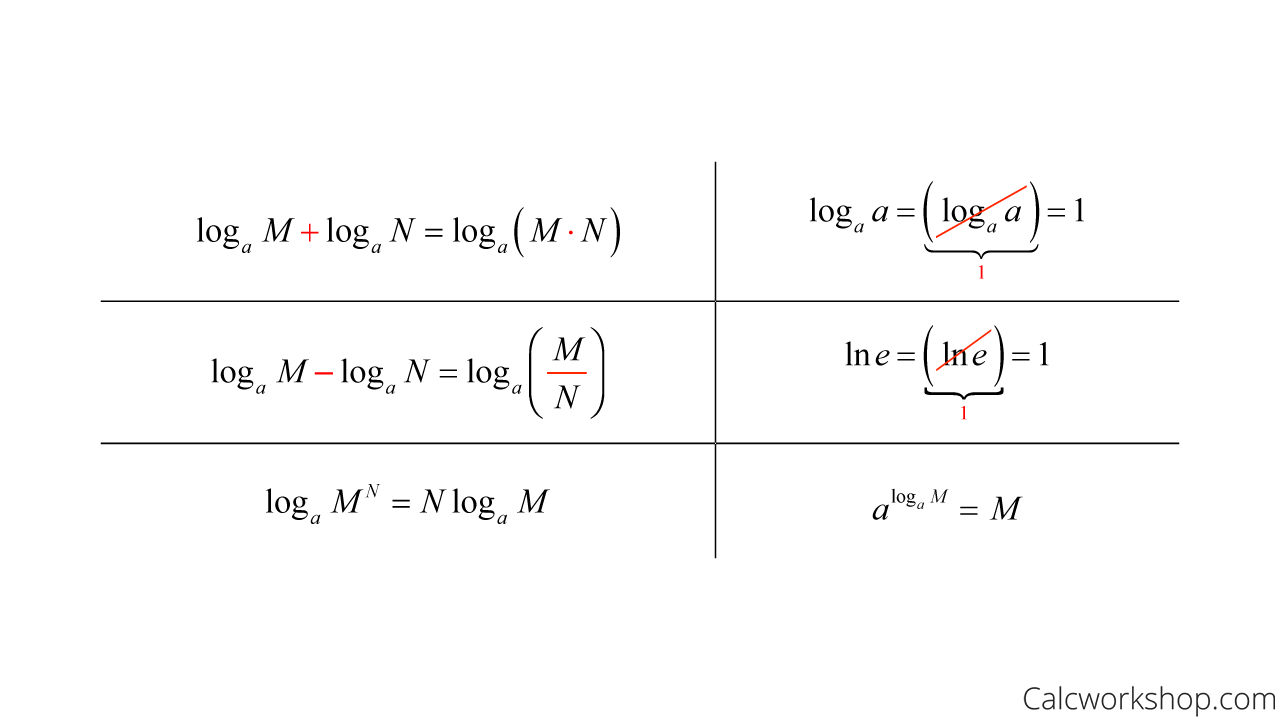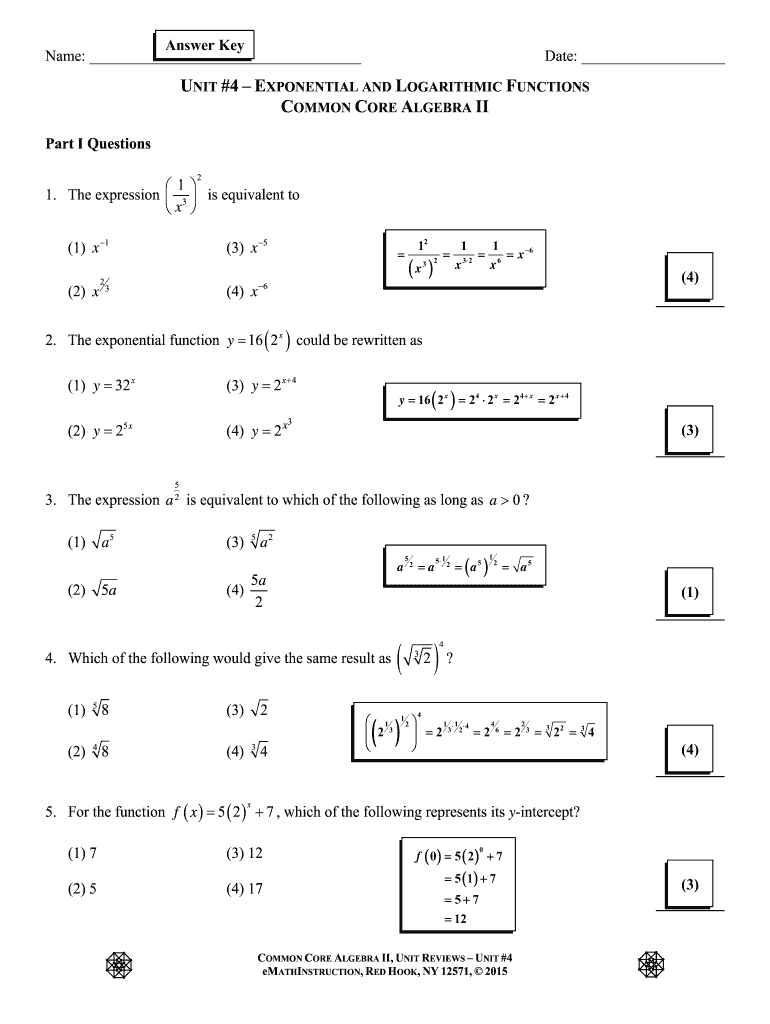Differentiation Of Exponential And Logarithmic Functions - Use logarithmic differentiation to determine the derivative of a function. Here is a set of practice problems to accompany the derivatives of exponential and logarithm functions section of the derivatives. In this section, we explore derivatives of exponential and logarithmic functions. So far, we have learned how to differentiate a variety of. As we discussed in introduction to functions and. There are two shortcuts to differentiating functions involving exponents and logarithms. Logarithmic differentiation allows us to differentiate functions of the form \(y=g(x)^{f(x)}\) or very complex functions by. The four examples above gave d dx (log e (x 2 +3x+1)) =.
In this section, we explore derivatives of exponential and logarithmic functions. Logarithmic differentiation allows us to differentiate functions of the form \(y=g(x)^{f(x)}\) or very complex functions by. The four examples above gave d dx (log e (x 2 +3x+1)) =. Use logarithmic differentiation to determine the derivative of a function. As we discussed in introduction to functions and. There are two shortcuts to differentiating functions involving exponents and logarithms. So far, we have learned how to differentiate a variety of. Here is a set of practice problems to accompany the derivatives of exponential and logarithm functions section of the derivatives.
Here is a set of practice problems to accompany the derivatives of exponential and logarithm functions section of the derivatives. Logarithmic differentiation allows us to differentiate functions of the form \(y=g(x)^{f(x)}\) or very complex functions by. There are two shortcuts to differentiating functions involving exponents and logarithms. Use logarithmic differentiation to determine the derivative of a function. As we discussed in introduction to functions and. The four examples above gave d dx (log e (x 2 +3x+1)) =. In this section, we explore derivatives of exponential and logarithmic functions. So far, we have learned how to differentiate a variety of.
Exponential Logarithmic Functions Equations Revision A PDF
Logarithmic differentiation allows us to differentiate functions of the form \(y=g(x)^{f(x)}\) or very complex functions by. Use logarithmic differentiation to determine the derivative of a function. In this section, we explore derivatives of exponential and logarithmic functions. There are two shortcuts to differentiating functions involving exponents and logarithms. As we discussed in introduction to functions and.
Logarithmic and exponential functions Royalty Free Vector
In this section, we explore derivatives of exponential and logarithmic functions. Here is a set of practice problems to accompany the derivatives of exponential and logarithm functions section of the derivatives. As we discussed in introduction to functions and. The four examples above gave d dx (log e (x 2 +3x+1)) =. There are two shortcuts to differentiating functions involving.
Differentiation Of Exponential And Logarithmic Functions
There are two shortcuts to differentiating functions involving exponents and logarithms. Use logarithmic differentiation to determine the derivative of a function. Logarithmic differentiation allows us to differentiate functions of the form \(y=g(x)^{f(x)}\) or very complex functions by. So far, we have learned how to differentiate a variety of. In this section, we explore derivatives of exponential and logarithmic functions.
(PDF) . Derivatives of Exponential and Logarithmic Functions
There are two shortcuts to differentiating functions involving exponents and logarithms. Use logarithmic differentiation to determine the derivative of a function. In this section, we explore derivatives of exponential and logarithmic functions. As we discussed in introduction to functions and. So far, we have learned how to differentiate a variety of.
Differentiation of Exponential & Logarithmic Functions Online Course
In this section, we explore derivatives of exponential and logarithmic functions. So far, we have learned how to differentiate a variety of. There are two shortcuts to differentiating functions involving exponents and logarithms. Here is a set of practice problems to accompany the derivatives of exponential and logarithm functions section of the derivatives. Logarithmic differentiation allows us to differentiate functions.
Differentiation of Exponential & Logarithmic Functions from Alevel
Use logarithmic differentiation to determine the derivative of a function. In this section, we explore derivatives of exponential and logarithmic functions. Here is a set of practice problems to accompany the derivatives of exponential and logarithm functions section of the derivatives. The four examples above gave d dx (log e (x 2 +3x+1)) =. There are two shortcuts to differentiating.
Logarithmic Differentiation (w/ 7 StepbyStep Examples!)
The four examples above gave d dx (log e (x 2 +3x+1)) =. Here is a set of practice problems to accompany the derivatives of exponential and logarithm functions section of the derivatives. So far, we have learned how to differentiate a variety of. In this section, we explore derivatives of exponential and logarithmic functions. There are two shortcuts to.
Logarithmic Differentiation (w/ 7 StepbyStep Examples!)
As we discussed in introduction to functions and. Logarithmic differentiation allows us to differentiate functions of the form \(y=g(x)^{f(x)}\) or very complex functions by. The four examples above gave d dx (log e (x 2 +3x+1)) =. Here is a set of practice problems to accompany the derivatives of exponential and logarithm functions section of the derivatives. In this section,.
Differentiation Of Exponential And Logarithmic Functions
The four examples above gave d dx (log e (x 2 +3x+1)) =. In this section, we explore derivatives of exponential and logarithmic functions. Use logarithmic differentiation to determine the derivative of a function. As we discussed in introduction to functions and. There are two shortcuts to differentiating functions involving exponents and logarithms.
Exponential And Logarithmic Functions Review Worksheet Function
The four examples above gave d dx (log e (x 2 +3x+1)) =. So far, we have learned how to differentiate a variety of. Logarithmic differentiation allows us to differentiate functions of the form \(y=g(x)^{f(x)}\) or very complex functions by. There are two shortcuts to differentiating functions involving exponents and logarithms. In this section, we explore derivatives of exponential and.
Use Logarithmic Differentiation To Determine The Derivative Of A Function.
As we discussed in introduction to functions and. There are two shortcuts to differentiating functions involving exponents and logarithms. So far, we have learned how to differentiate a variety of. The four examples above gave d dx (log e (x 2 +3x+1)) =.
In This Section, We Explore Derivatives Of Exponential And Logarithmic Functions.
Here is a set of practice problems to accompany the derivatives of exponential and logarithm functions section of the derivatives. Logarithmic differentiation allows us to differentiate functions of the form \(y=g(x)^{f(x)}\) or very complex functions by.









